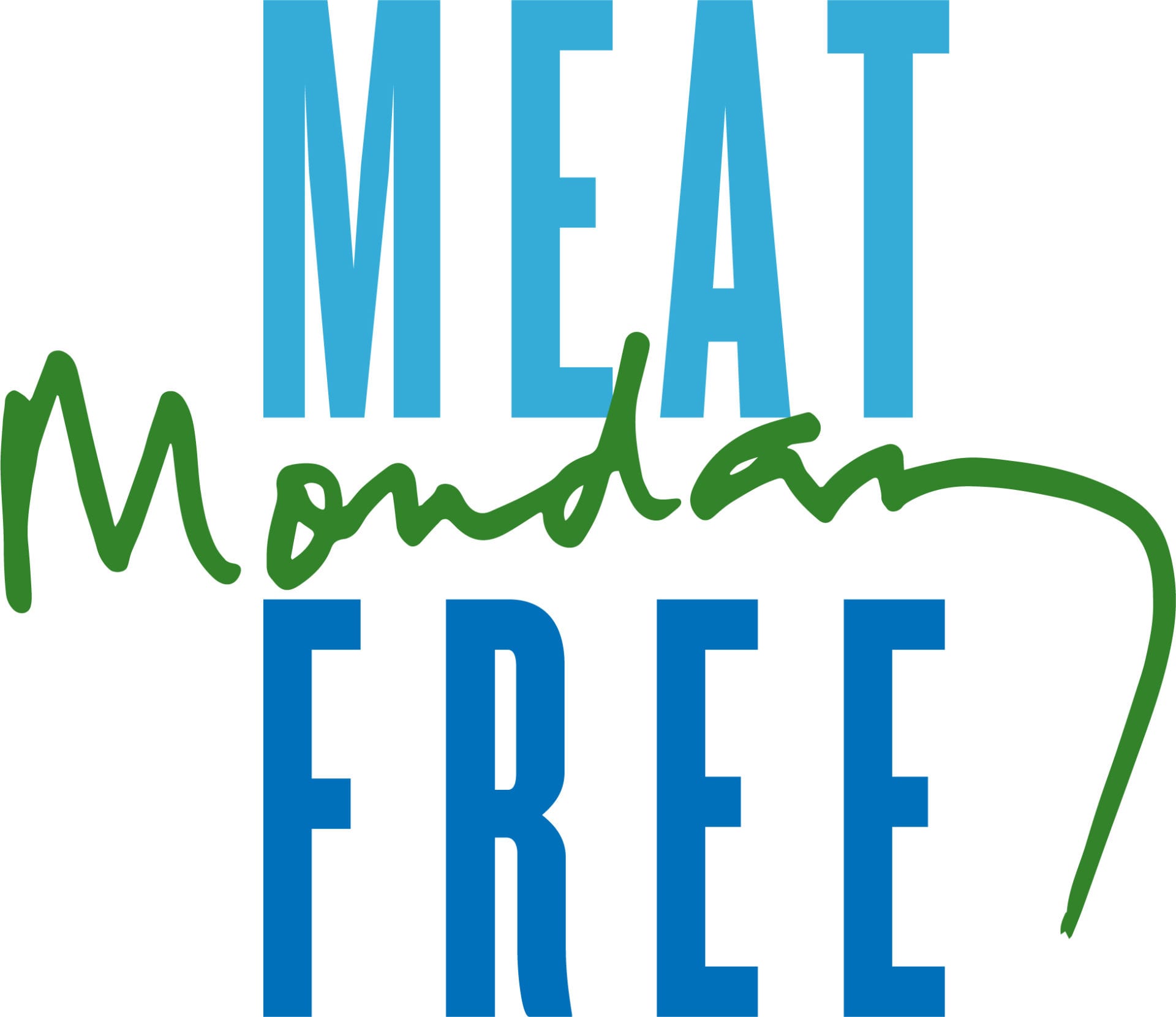Technically achievable by making changes to products and services, where meat-eating and flying are concerned, the report says, only a change in human habit can do it.
According to Global climate targets and future consumption level: an evaluation of the required GHG intensity: “Reaching the greenhouse-gas intensity targets with product modifications alone will be challenging, and therefore structural changes in consumption patterns might be needed.”
Current meat-eating trends are projected to grow exponentially as the world’s population increases to an estimated 9 billion people by 2050, with a parallel rise in greenhouse gas emissions.
If global temperatures rise by more than 2C over the next few decades – this “safe” threshold figure was set at the COP15 climate talks in Copenhagen in 2009 – then it will be impossible to mitigate the runaway effects of climate change.
The report’s authors – scientists from Switzerland, the Netherlands and Norway – suggest a few ways that meat-eating could be curbed to lower the harmful emissions associated with the meat industry, but all rely on individuals choosing to make a change. This underlines the importance of campaigns like Meat Free Monday, which is dedicated to promoting healthier, greener food choices.
The first is that people replace animal calories with vegetable-based products, eating “vegan meat” or tofu, for example – as recently promoted by Bill Gates. The second is that they eat less environmentally damaging meat such as beef and lamb, which have a high carbon footprint and are more resource-intensive. The last is a wholesale shift to lab-grown meat – animal protein developed in a laboratory, rather than derived from living creatures – which could cut greenhouse gas emissions by 80-95 per cent.
